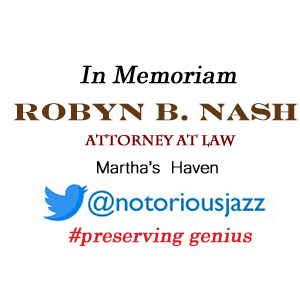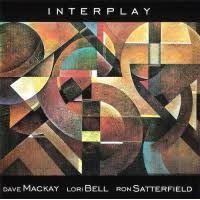
Daily Dose Of Jazz…
David Owen Mackay was born on March 24, 1932 in Syracuse, New York. He attended Trinity College in Hartford, Connecticut from 1950 to 1954, where he was the first blind student to graduate. He then attended Boston University from 1956 to 1958, where he studied with Margaret Charloff. He also studied with Lennie Tristano in New York City, then at the Lenox School of Jazz where he studied with Bill Evans, and lastly at The Hartford School of Music where he studied with Asher Zlotnik.
By the mid-1960s, Mackay joined the Hindustani Jazz Sextet with Don Ellis, Harihar Rao, Emil Richards, Steve Bohannon, Chuck Domanico and Ray Neapolitan. During this period he played with the Don Ellis Orchestra. The late Sixties saw him and Vicky Hamilton formed a duo and produced two recordings together with instrumentation including flute and saxes from Ira Schulman and guitar from Joe Pass.
In the mid-1970s, Dave along with Bill Henderson, and Joyce Collins formed a unique trio which toured the northwest, recorded two Grammy nominated albums for Discovery, and by 1981 they were performing on the television show Ad Lib. By the end of the decade with Lori Bell, and Ron Satterfield he formed the group Interplay, which garnered them four Grammy npominations. In the 1990s, he teamed up with Stephanie Haynes.
By the turn of the century he teamed with John Giannelli on bass and Joe Correro on drums performing Bill Evans tunes in a celebration of the Life and Music of bassist Scott LaFaro. He then hooked up with bassist Kenny Wild and singer Tierney Sutton. He would go on to perform with Serge Chaloff, Sonny Stitt, Bob Wilber, Bobby Hackett, Jim Hall, Don Ellis, Emil Richards, Shelly Manne, Chet Baker, Joe Pass, Warne Marsh, Kai Winding, Stephanie Haynes, and Tierney Sutton.
As a composer a couple of Mackay’s original compositions were later recorded by Cal Tjader, and by the Baja Marimba Band. He wrote a majority of the music with lyricist Barbara Schill for a hit stage musical comedy titled Is It Just Me, Or Is It Hot In Here?
Pianist, vocalist and composer Dave Mackay, with roots in the works of Art Tatum, Bud Powell, and Bill Evans, who favored the standards of the 1940s and 1950s and the bossa novas of Luíz Eça, Antonio Carlos Jobim, and João Gilberto, transitioned on July 29, 2020.
More Posts: composer,history,instrumental,jazz,music,piano,vocal
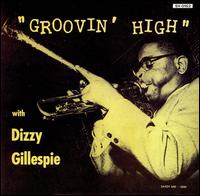
Daily Dose Of Jazz…
Alton “Slim” Moore was born October 7, 1908 in Selma, Alabama and began on baritone horn before settling on trombone by age 17. He played with local bandleaders and territory bands in his youth, such as Georgia Barlowe, Eddie Lemon, Gonzelle White, and Gene Coy.
Moving to New York City early in the Thirties he played with Jack Butler, Charlie Skeete, and Bobby Neal. Frequently switching ensembles in New York, in 1938 he did a short tour of Cuba with the Leon Gross Orchestra. Toward the end of the decade Moore moved up to play in more high-profile bands such as those of Fats Waller, Coleman Hawkins, Hot Lips Page, and Charlie Johnson. In the 1940s he played with Ella Fitzgerald, Benny Carter, Dizzy Gillespie and Louis Armstrong.
By the 1950s Slim had reduced his outings to part-time playing, after an extended stay in the band of Stafford “Pazuza” Simon. He would go on to play with Fletcher Henderson in 1957, and in the 1960s played in the Prince Hall Symphonic Band in New York as well as other big band revival outfits.
Trombonist Slim Moore, who also played and recorded on euphonium and did some scat singing, transitioned in 1978 in New York City.
More Posts: euphonium,history,instrumental,jazz,music,trombone
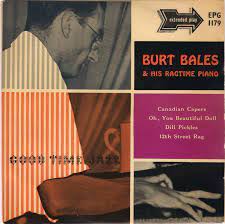
Daily Dose Of Jazz…
Burton Franklin Bales was born on April 20, 1916 in Stevensville, Montana and began playing piano at age twelve. After moving to the West Coast in the 1930s, he played in hotels and nightclubs. He performed regularly in San Francisco, California in the 1940s, with Lu Watters’s Yerba Buena Jazz Band.
Drafted in 1943 into the Army Burt only had one opportunity to record with that group on a brief session with Bunk Johnson. Discharged for myopia, he led his own band from 1943 to 1946 before taking an extended residency at San Francisco’s 1018 Club.
He played with Turk Murphy at the end of the Forties, then with Bob Scobey and Marty Marsala. Between 1954 and 1966 he played mostly solo, with one of his regular gigs being at Pier 23.
Stride pianist Burt Bales, who recorded extensively for Good Time Jazz, Arhoolie, ABC-Paramount, and Euphonic record labels, transitioned on October 26, 1989 in San Francisco.
More Posts: history,instrumental,jazz,music,piano
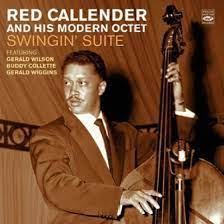
Daily Dose Of Jazz…
George Sylvester “Red“ Callender was born on March 6, 1916 in Haynesville, Virginia. He made his recording debut at 19 with Louis Armstrong’s band. In the early 1940s, he played in the Lester and Lee Young band, and then formed his own trio. Through the 1940s, he recorded with Nat King Cole, Erroll Garner, Charlie Parker, Wardell Gray, Dexter Gordon, Uffe Baadh and many others.
After a period spent leading a trio in Hawaii, Callender returned to the mainland, settling in Los Angeles, California. He became one of the first black musicians to work regularly in the commercial studios, including backing singer Linda Hayes on two singles. He would later turn down offers to work with Duke Ellington’s Orchestra and the Louis Armstrong All-Stars.
On his 1957 Crown LP Speaks Low, Callender was one of the earliest modern jazz tuba soloists. Keeping busy up until his death, some of the highlights of the bassist’s later career include recording with Art Tatum and Jo Jones, playing with Charles Mingus at the 1964 Monterey Jazz Festival, working with James Newton’s avant-garde woodwind quintet on tuba, and performing as a regular member of the Cheatham’s Sweet Baby Blues Band.
He reached the top of the British pop charts as a member of B. Bumble and the Stingers. In 1964, he was introduced and highlighted in performance with entertainer Danny Kaye on his television variety show, in a duet on the George and Ira Gershwin song, Slap That Bass.
He worked with an array of pop, rock and vocal acts as a member of The Wrecking Crew, a group of first-call session musicians in Los Angeles, California. Double bassist Red Callender, who also plays tuba, transitioned from thyroid cancer at his home in Saugus, California on March 8, 1992.
More Posts: bandleader,bass,history,instrumental,jazz,music,tuba
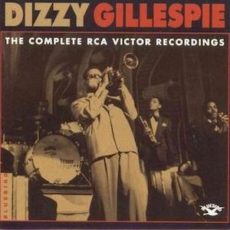
Daily Dose Of Jazz…
Sam Allen was born in Middleport, Ohio on January 30, 1909 and beginning at the age of seven started playing the piano. By 10 he accompanied silent films on piano in movie theaters, allowing him to sit and extemporize as the action unfolded on screen. Over the next few years he absorbed plenty of slapstick hi-jinx and derring-do from the Hollywood sagas he accompanied.
1928 saw the 19 year old Sam moving to New York City where he joined Herbert Cowans’s band at the Rockland Palace. It wasn’t too long after the move before he moved back to Ohio, where he played with saxophonist Alex Jackson through 1930.
He joined James P. Johnson’s orchestra as a second pianist absorbing the intense chords in the scores that required two pianos. For amuch of the ’30s, he played with the dance band of Teddy Hill including a European tour. In the 1940s he had one of his most musically satisfying collaborations as piano man in the sometimes rowdy combo of violinist Stuff Smith. Playing in the hyper-drive bebop of Dizzy Gillespie, and then the shenanigans as pianist for the madcap jive jazz duo Slim Gaillard & Slam Stewart.
As the Fifties approached he relocated to Washington, shifting gears from touring sideman to stay-at-home featured soloist. He then headed for California where he settled into the Oakland jazz scene, often accompanying the fine singer Billie Heywood. Pianist Sam Allen transitioned at the age of 63 in April 1963.
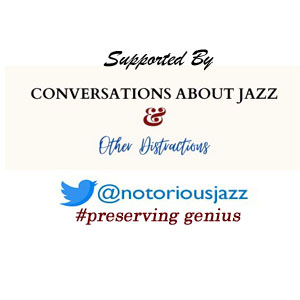
More Posts: history,instrumental,jazz,music,piano




